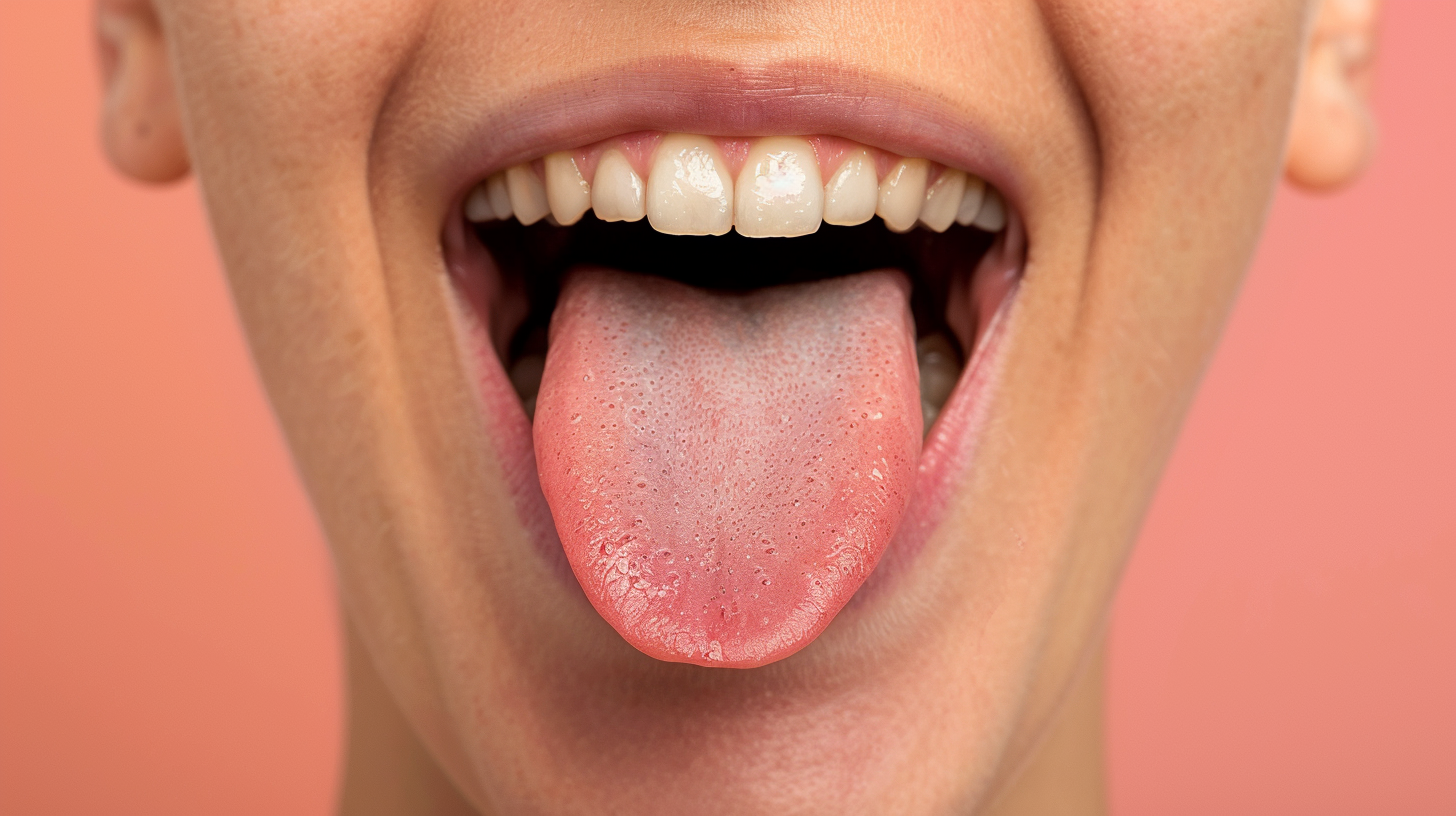Introduction: The Tongue Follows the Spine
The tongue isn’t just a speech or chewing muscle—it’s a postural organ. At BreatheWorks, we often explain to patients and families that the tongue’s strength, position, and mobility depend heavily on overall postural alignment. And when the body slumps, the tongue struggles.
Whether it’s chewing difficulties, tongue thrust, mouth breathing, or swallowing issues, we often trace the root cause to head, neck, and torso posture, especially in children.
Why Tongue Posture Matters
A low or forward tongue posture can contribute to:
- Mouth breathing and dry oral tissues
- Improper chewing and swallowing function
- Narrow palate development and dental crowding
- Tongue thrust and persistent lisps
- Sleep-disordered breathing and snoring in kids and adults
Correct tongue posture—resting gently on the roof of the mouth with lips closed—is crucial for proper orofacial development, airway patency, and efficient eating and speaking.
The Posture-Tongue Connection
When posture collapses:
- The head shifts forward
- The mandible retracts
- The tongue sits low and back, compromising airway space
- Neck and jaw muscles overcompensate, increasing tension
- Swallowing becomes disorganized or effortful
This pattern becomes ingrained during feeding, speaking, and sleeping—especially in growing children.
Real-World Case Study: A 6-Year-Old with a Lisp and Poor Appetite
A young boy was referred for speech therapy for a persistent lisp and suspected tongue tie ankyloglossia. Parents also noted picky eating, slow chewing, and fatigue at meals.
Our evaluation revealed:
- Forward head posture and low muscle tone
- Anterior open bite and tongue thrust
- Weak tongue and lip seal
- Open-mouth resting posture and poor coordination while chewing
Following tongue tie release, we implemented:
- Myofunctional therapy to retrain resting posture and swallowing
- Core strengthening and seated posture correction
- Nasal breathing exercises and improper chewing treatment
Outcomes after 12 weeks included:
- Clearer speech and lisp resolution
- Improved appetite and faster eating
- Stronger oral tone and better focus during meals
- Improved posture and reduced mouth breathing at rest
How This Affects Adults, Too
Adults with poor posture often show:
- Persistent tongue thrust or jaw clenching
- Difficulty coordinating chewing and talking
- Nighttime snoring or poor sleep quality
- Jaw pain and tension from compensatory muscle overuse
Tongue dysfunction in adulthood often stems from years of poor postural support, unresolved early oral habits, and limited myofunctional training.
How BreatheWorks Addresses the Whole Picture
Our approach focuses on restoring the full postural-oral-airway loop:
✅ Myofunctional therapy for tongue posture, swallow retraining, and lip seal
✅ Postural support therapy to align the spine and restore tongue freedom
✅ Chewing and feeding exercises to increase endurance and oral coordination
✅ Collaboration with orthodontists, ENTs, and bodyworkers
✅ Pre- and post-tongue tie care with targeted therapy protocols
Our patients don’t just learn to speak or chew better—they learn to rest, breathe, and grow better, too.
Signs You or Your Child May Need Tongue-Posture Support
- Lisp or tongue protrusion during speech
- Slow eating or frequent gagging on textures
- Open-mouth breathing or low facial tone
- Complaints of food feeling “stuck” or tiring to chew
- Orthodontic relapse or dental crowding
- Sleep-disordered breathing or snoring
Key Takeaways
- The tongue’s function is deeply influenced by overall posture and airway space
- Poor posture can lead to tongue dysfunction, chewing issues, and speech problems
- Tongue tie treatment requires postural and functional therapy for the best outcomes
- BreatheWorks uses a whole-patient model to treat the posture-airway-tongue connection across the lifespan



